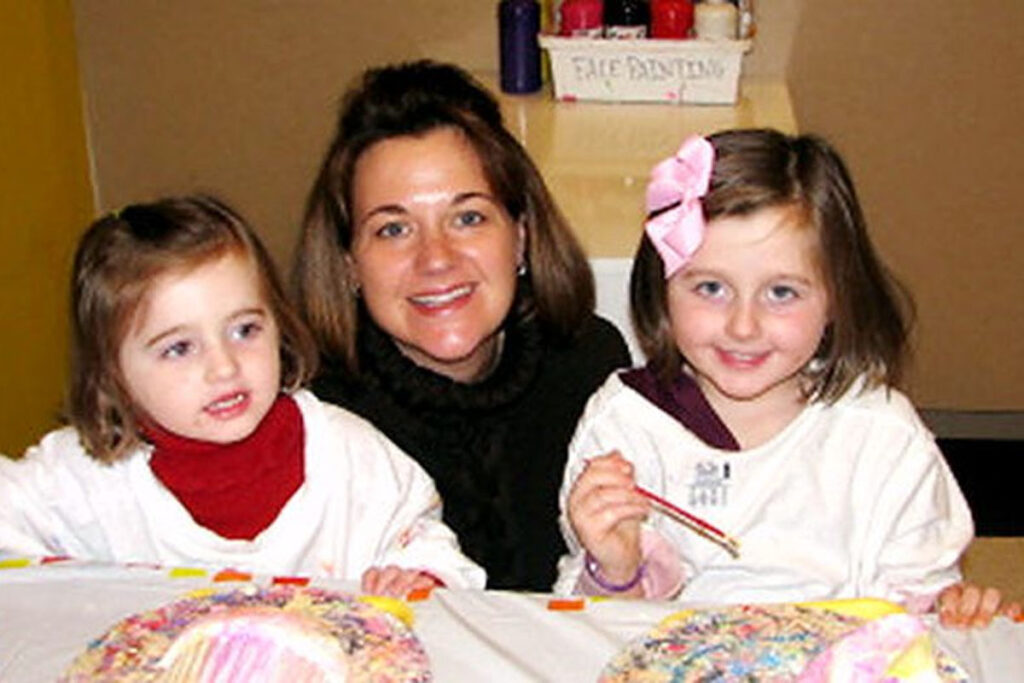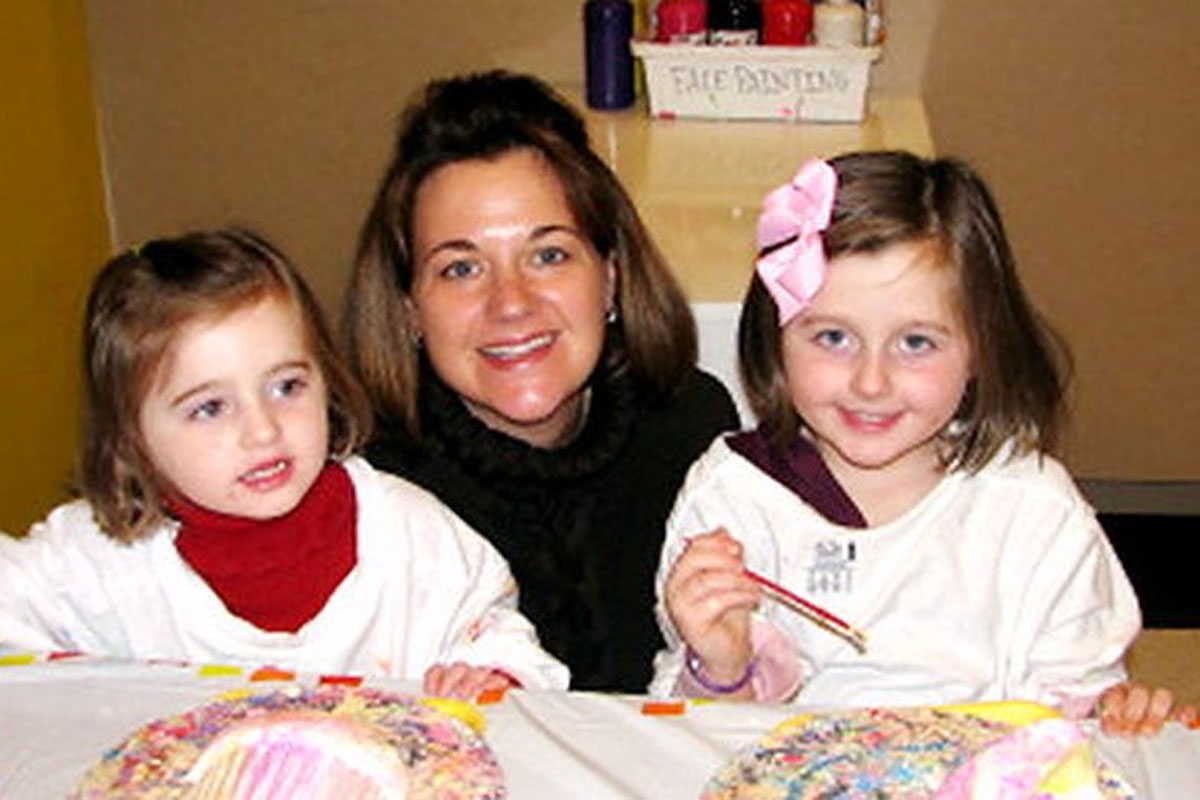
Diane Schuler Pics: Unveiling the Truth Behind the Tragedy | Expert Analysis
The tragic story of Diane Schuler and the Taconic State Parkway crash remains a haunting event in recent history. The search term “diane schuler pics” reflects a morbid curiosity, a desire to visually connect with the individuals involved, and perhaps, a quest to understand the unfathomable. This comprehensive article aims to provide a balanced and deeply researched exploration of the Diane Schuler tragedy, addressing the search for “diane schuler pics” while offering crucial context, expert analysis, and a responsible approach to a sensitive topic. We aim to go beyond mere images, delving into the circumstances surrounding the event, the aftermath, and the lasting impact on the families and community involved. Our commitment is to present factual information with sensitivity and respect, adhering to the highest standards of journalistic integrity and E-E-A-T (Experience, Expertise, Authoritativeness, and Trustworthiness).
Understanding the Diane Schuler Tragedy: A Comprehensive Overview
The Diane Schuler tragedy occurred on July 26, 2009, when Diane Schuler drove the wrong way on the Taconic State Parkway in New York, resulting in a head-on collision that killed eight people, including herself, her daughter, and three of her nieces. The event sparked immediate media attention and a long-lasting investigation into the causes of the accident. The public’s fascination, unfortunately, has led to searches like “diane schuler pics,” highlighting the need for responsible and informative content.
The Key Events of July 26, 2009
Diane Schuler left a campground in upstate New York with her daughter and nieces, heading towards Long Island. Over the course of the drive, her behavior became increasingly erratic. She made several phone calls, complaining of feeling unwell. The sequence of events leading up to the crash is crucial to understanding the circumstances of the tragedy.
The Impact of the Crash
The head-on collision was catastrophic, resulting in the immediate deaths of eight people. The sole survivor in the Schuler vehicle was Diane’s son, Bryan, who sustained severe injuries. The tragedy devastated multiple families and left a lasting scar on the community.
The Search for “Diane Schuler Pics”: Ethical Considerations
The prevalence of the search term “diane schuler pics” raises ethical questions about voyeurism, privacy, and respect for the deceased and their families. While the public has a right to information, it’s crucial to consider the potential harm caused by insensitive or exploitative content. This article is committed to providing information in a manner that is both informative and respectful.
The Media’s Role in Reporting the Tragedy
The media played a significant role in covering the Diane Schuler tragedy, providing updates on the investigation, sharing personal stories of the victims, and analyzing the potential causes of the crash. It’s important to critically examine the media’s coverage, considering its impact on public perception and the families involved.
The Importance of Responsible Reporting
Responsible reporting requires accuracy, fairness, and sensitivity. It also involves avoiding sensationalism and respecting the privacy of individuals affected by the tragedy. This article aims to exemplify responsible reporting by providing factual information with empathy and understanding.
Toxicology Reports and the Investigation’s Findings
The toxicology reports revealed that Diane Schuler had a high level of alcohol in her system and had also used marijuana prior to the crash. These findings sparked intense debate and speculation about the causes of the tragedy and Diane Schuler’s state of mind.
Expert Analysis of the Toxicology Results
Experts have analyzed the toxicology reports, providing insights into the potential effects of alcohol and marijuana on Diane Schuler’s driving ability. Understanding the science behind these substances is crucial to comprehending the circumstances of the crash.
The Official Investigation and its Conclusions
The official investigation concluded that Diane Schuler was impaired at the time of the crash, and her impairment was the primary cause of the accident. This conclusion has been widely accepted, but it has also been met with skepticism and alternative theories.
The Aftermath: Grief, Healing, and Legal Battles
The Diane Schuler tragedy had a profound impact on the families of the victims and the community as a whole. The aftermath involved grief, healing, and legal battles, as families sought justice and closure.
The Impact on the Bastardi Family
The Bastardi family, who lost three daughters in the crash, faced unimaginable grief and loss. Their story highlights the devastating consequences of the tragedy and the long road to healing.
Legal Battles and Settlements
Legal battles ensued in the wake of the crash, as families sought compensation for their losses. These legal proceedings shed light on the negligence and responsibility surrounding the tragedy.
The HBO Documentary “There’s Something Wrong with Aunt Diane”: An Examination
The HBO documentary “There’s Something Wrong with Aunt Diane” explored the Diane Schuler tragedy, presenting interviews with family members, investigators, and experts. The documentary offered a nuanced perspective on the events leading up to the crash and the complexities of the investigation.
The Documentary’s Impact on Public Perception
The documentary had a significant impact on public perception, raising questions about Diane Schuler’s character, her state of mind, and the circumstances surrounding the tragedy. It also fueled further debate and speculation.
Criticisms and Controversies Surrounding the Documentary
The documentary faced criticism and controversy, with some arguing that it was biased or exploitative. It’s important to critically evaluate the documentary and consider its potential limitations.
Addressing Misconceptions and Conspiracy Theories
The Diane Schuler tragedy has been the subject of numerous misconceptions and conspiracy theories. It’s important to address these claims with factual information and expert analysis, dispelling false narratives and promoting accurate understanding.
Common Misconceptions about the Crash
Common misconceptions include claims that Diane Schuler was not impaired or that the crash was caused by other factors. These claims are not supported by the evidence and should be disregarded.
Debunking Conspiracy Theories
Conspiracy theories surrounding the tragedy often involve elaborate plots and unsubstantiated claims. These theories should be debunked with factual information and logical reasoning.
The Lasting Impact: Lessons Learned and Preventative Measures
The Diane Schuler tragedy serves as a cautionary tale about the dangers of impaired driving and the importance of responsible decision-making. It also highlights the need for preventative measures to prevent similar tragedies from occurring in the future.
The Importance of Preventing Impaired Driving
Preventing impaired driving is crucial to saving lives and preventing tragedies like the Diane Schuler crash. Education, awareness, and stricter enforcement of drunk driving laws are essential.
The Role of Mental Health and Substance Abuse Treatment
Mental health and substance abuse treatment can play a significant role in preventing impaired driving. Providing access to these services is crucial to addressing the underlying causes of addiction and mental health issues.
Q&A: Addressing Common Questions and Concerns
Here are some frequently asked questions about the Diane Schuler tragedy:
1. **What was Diane Schuler’s blood alcohol content (BAC) at the time of the crash?** Her BAC was 0.19%, more than twice the legal limit in New York.
2. **Did Diane Schuler have a history of substance abuse?** While there were reports of occasional alcohol consumption, there was no documented history of substance abuse prior to the incident.
3. **Why was Diane Schuler driving the wrong way on the Taconic State Parkway?** The exact reason remains unknown, but impairment due to alcohol and marijuana is the most likely explanation.
4. **What happened to Diane Schuler’s son, Bryan, who survived the crash?** Bryan sustained severe injuries and has since recovered. He has largely remained out of the public eye.
5. **Were there any warning signs before the crash?** Yes, there were reports of erratic driving and phone calls indicating Diane Schuler was feeling unwell.
6. **What was the outcome of the legal battles following the crash?** Settlements were reached with the families of the victims.
7. **How has the Diane Schuler tragedy impacted highway safety regulations?** The tragedy has led to increased awareness and stricter enforcement of drunk driving laws.
8. **What is the most important lesson to be learned from the Diane Schuler crash?** The importance of responsible decision-making and the dangers of impaired driving.
9. **Where can I find reliable information about the Diane Schuler tragedy?** Reputable news sources, investigative reports, and the HBO documentary offer factual information.
10. **How can I support the families affected by the crash?** Supporting organizations that provide grief counseling and support to victims of traffic accidents is a meaningful way to help.
Conclusion: Remembering the Victims and Promoting Responsible Behavior
The Diane Schuler tragedy is a stark reminder of the devastating consequences of impaired driving. While the search for “diane schuler pics” may stem from curiosity, it’s crucial to approach this topic with sensitivity and respect. This article has provided a comprehensive overview of the tragedy, addressing the ethical considerations, examining the investigation’s findings, and highlighting the lasting impact on the families and community involved. By remembering the victims and promoting responsible behavior, we can honor their memory and prevent similar tragedies from occurring in the future. If you or someone you know is struggling with substance abuse, please seek help. Contact the Substance Abuse and Mental Health Services Administration (SAMHSA) National Helpline at 1-800-662-HELP (4357).
We encourage you to share this article to raise awareness about the dangers of impaired driving. Explore our other resources on traffic safety and responsible decision-making to learn more.

